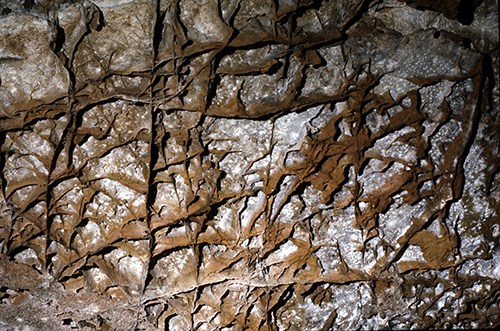
NPS Photo Mount Rushmore National Memorial is located in the granite core of the Black Hills. While there are no caves located within the memorial, numerous caves can be found in a ring of limestone that is exposed around the edge of the Black Hills. This limestone layer was laid down at the bottom of a shallow sea that covered the area around 350 million years ago. Two of these cave are National Park Service sites, Wind Cave National Park and Jewel Cave National Monument. Visit their websites to learn more about the formation of each of these caves and which special features they contain. |
Last updated: January 23, 2023

